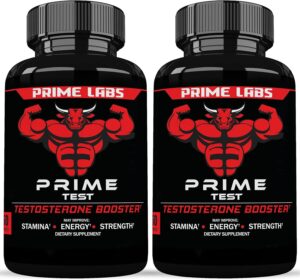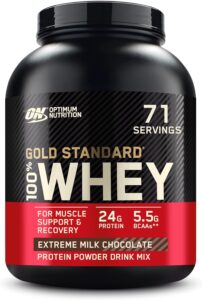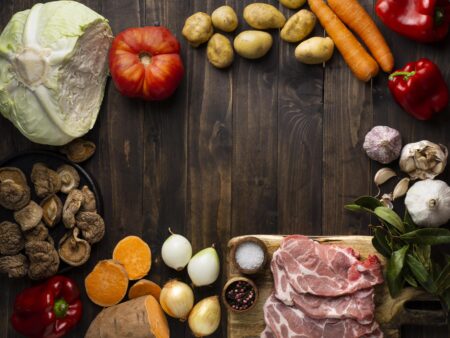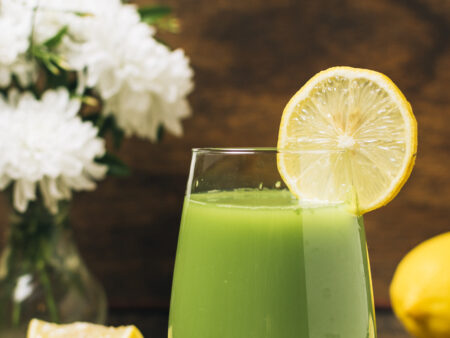
Femke Bol, born on 23 February 2000 in Amersfoort, Netherlands, is one of the most exciting talents in the world of track and field. Specialising in the 400 metres hurdles, Bol has quickly risen to prominence, becoming a force to be reckoned with on the international stage. Her meteoric rise has seen her break records and win numerous medals, earning her a place among the elite athletes in her discipline.
Bol began her athletic career at a young age, showing promise in multiple disciplines. However, it was in the 400 metres hurdles where she truly found her calling. Her breakthrough came in 2020 when she set a national record in the 400 metres hurdles, and from there, her career has been on an upward trajectory. By 2021, Bol was a household name in athletics, having won a bronze medal in the 400 metres hurdles at the Tokyo 2020 Olympics (held in 2021 due to the pandemic), as well as numerous European titles. She is known for her smooth stride, impeccable technique, and mental fortitude, all of which have contributed to her success.
As she prepares for future Olympic Games, Bol’s workout and diet plan have become subjects of interest for fans and aspiring athletes alike. Her training regimen is designed to maximise her performance, focusing on speed, endurance, and strength, while her diet ensures that she is fuelling her body with the right nutrients to sustain her rigorous training schedule. In this article, we will delve into the details of Femke Bol’s workout and diet plan, giving insight into what it takes to compete at the highest level in athletics.
Femke Bol’s Workout Regimen
Femke Bol’s workout routine is meticulously planned and tailored to her specific needs as a 400-metre hurdler. Her training is a mix of speed work, endurance training, strength conditioning, and technical drills. Each component of her training serves a purpose, ensuring that she is in peak physical condition come race day.
1. Speed Work
Speed is crucial for any sprinter, and for Bol, it is the foundation of her success. Her speed work focuses on building explosive power and increasing her sprinting capacity. This involves a combination of short sprints, ranging from 60 to 200 metres, which are often repeated multiple times with short rest intervals. These sprints are designed to improve her acceleration, top-end speed, and overall speed endurance.
One of the key aspects of Bol’s speed training is interval training. She performs high-intensity intervals, such as 8×200 metres with 2-minute recovery periods. This not only improves her sprinting ability but also enhances her lactic acid tolerance, allowing her to maintain a high speed even as fatigue sets in.
2. Endurance Training
While speed is critical, endurance is equally important in the 400 metres hurdles, a race that requires a balance between speed and stamina. Bol’s endurance training includes longer runs and tempo runs, which help build her aerobic capacity and improve her ability to sustain a fast pace over the course of the race.
A typical endurance session might involve running distances of 300 to 600 metres at a moderate pace, with short recovery periods. These sessions are designed to push Bol’s cardiovascular system, ensuring that she can maintain her speed over the entire race distance. Additionally, Bol incorporates long runs into her routine, typically covering distances of 5 to 8 kilometres, to build her overall stamina.
3. Strength Conditioning
Strength conditioning is a vital part of Bol’s training, as it helps her develop the power and stability needed to clear the hurdles efficiently and maintain her speed throughout the race. Her strength training programme is focused on building functional strength, particularly in the lower body and core.
Bol’s strength workouts include a combination of weightlifting, plyometrics, and bodyweight exercises. She performs compound lifts such as squats, deadlifts, and lunges to build power in her legs. Plyometric exercises like box jumps, bounding drills, and hurdle hops are also crucial, as they enhance her explosive power and improve her ability to clear the hurdles with speed and precision.
Core strength is another area of focus, as a strong core is essential for maintaining stability and balance during the race. Bol incorporates exercises like planks, Russian twists, and leg raises into her routine to strengthen her core muscles.
4. Technical Drills
Hurdling is not just about speed and strength; it also requires excellent technique. Bol’s technical training is geared towards perfecting her hurdling form, ensuring that she can clear each hurdle as smoothly and efficiently as possible.
Her technical drills involve practising hurdle clearance at different heights and distances, focusing on the rhythm and timing of her steps. She also works on her lead leg and trail leg technique, ensuring that she maintains the optimal form as she clears each hurdle. Video analysis is often used to identify any flaws in her technique, which are then addressed through targeted drills.
5. Recovery and Mobility
Recovery is an integral part of Bol’s training regimen, as it allows her body to heal and regenerate after intense workouts. Bol incorporates active recovery sessions, such as light jogging, swimming, or cycling, to promote blood flow and aid in muscle recovery.
Additionally, Bol places a strong emphasis on mobility and flexibility. She regularly performs stretching exercises, yoga, and foam rolling to keep her muscles supple and reduce the risk of injury. This focus on recovery ensures that Bol remains injury-free and can consistently train at a high level.
Femke Bol’s Diet Plan
To sustain her intense training schedule, Femke Bol follows a carefully planned diet that provides her with the necessary nutrients to fuel her workouts and aid in recovery. Her diet is rich in protein, carbohydrates, healthy fats, and micronutrients, all of which play a crucial role in her performance.
1. Protein
Protein is essential for muscle repair and growth, and as an elite athlete, Bol ensures that she consumes enough protein to meet her body’s needs. Her protein sources include lean meats like chicken, turkey, and fish, as well as plant-based options such as beans, lentils, and tofu. She also incorporates protein-rich dairy products like Greek yoghurt and cottage cheese into her diet.
After intense training sessions, Bol typically consumes a protein shake or a meal rich in protein to aid in muscle recovery. This helps repair any microtears in her muscles and promotes the development of lean muscle mass.
2. Carbohydrates
Carbohydrates are the primary source of energy for athletes, and Bol’s diet includes a variety of complex carbohydrates to fuel her workouts. She consumes whole grains like brown rice, quinoa, and oats, as well as starchy vegetables like sweet potatoes and butternut squash.
Bol also includes a significant amount of fruits and vegetables in her diet, which not only provide carbohydrates but also offer essential vitamins, minerals, and antioxidants. These nutrients are vital for maintaining overall health and ensuring that her body functions optimally.
Before her workouts, Bol often consumes a meal or snack that includes a good balance of carbohydrates and protein. This pre-workout meal helps provide the energy needed for her training sessions.
3. Healthy Fats
Healthy fats are important for maintaining energy levels and supporting overall health. Bol incorporates sources of healthy fats into her diet, such as avocados, nuts, seeds, and olive oil. These fats provide a steady source of energy and help with the absorption of fat-soluble vitamins.
Bol also consumes fatty fish like salmon, which is rich in omega-3 fatty acids. Omega-3s are known for their anti-inflammatory properties, which can help reduce muscle soreness and promote faster recovery.
4. Hydration
Staying hydrated is crucial for any athlete, and Bol is no exception. She ensures that she drinks plenty of water throughout the day to stay hydrated, especially during training sessions. In addition to water, Bol also consumes electrolyte-rich drinks to replenish the minerals lost through sweat.
Hydration is not just about drinking fluids during workouts; Bol also focuses on staying hydrated before and after training. Proper hydration helps maintain blood volume, regulate body temperature, and prevent cramps and fatigue during exercise.
5. Supplements
While Bol’s diet is primarily based on whole foods, she also uses supplements to ensure that she is meeting her nutritional needs. These supplements may include protein powder, multivitamins, omega-3 supplements, and branched-chain amino acids (BCAAs).
Protein powder is often consumed post-workout to quickly deliver protein to her muscles, aiding in recovery. Multivitamins help fill any gaps in her diet, ensuring that she is getting all the essential vitamins and minerals her body needs to function at its best.
Femke Bol’s success on the track is a testament to her dedication, hard work, and meticulous attention to detail. Her workout and diet plan are carefully crafted to maximise her performance and ensure that she remains at the top of her game. By focusing on speed, endurance, strength, and technique in her training, and by fuelling her body with the right nutrients, Bol has established herself as one of the leading athletes in the 400 metres hurdles. As she continues to strive for excellence, her approach to training and nutrition will undoubtedly serve as an inspiration to aspiring athletes around the world.










